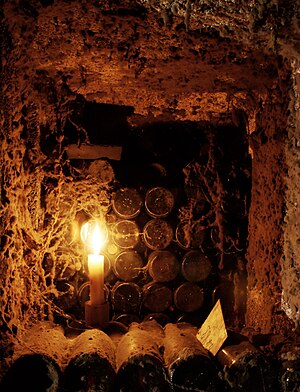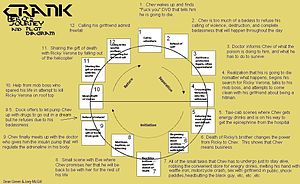 |
| Old bottles of wine aging by candle light (Photo credit: Wikipedia) |
I was home for dinner last night, for once, and the 'rents were asking me about how my classes were going. I never know how to answer that in a way that won't have them giving me advice or a lecture (you know what I mean!). I didn't even mention geology, because that would have brought on the lecture for sure, but I talked about my PJ1 paper to distract them, since that seems to be going okay. When I explained what it was about, they were both interested, and we talked about neo-mythology until we were done eating. One of the things my dad said gave me an idea. He said, "so, it's like new wine in old bottles, isn't it?" I'd never heard that expression before, but in a way, he's right. The filmmakers aren't using their old bottles (existing mythology/folklore) to trick the audience, but it is kind of a selling point just the same.
And, that's why I've decided to call my paper "New Wine in Old Bottles: Neo-Mythology and Percy Jackson and the Olympians: The Lightning Thief." I like it.







